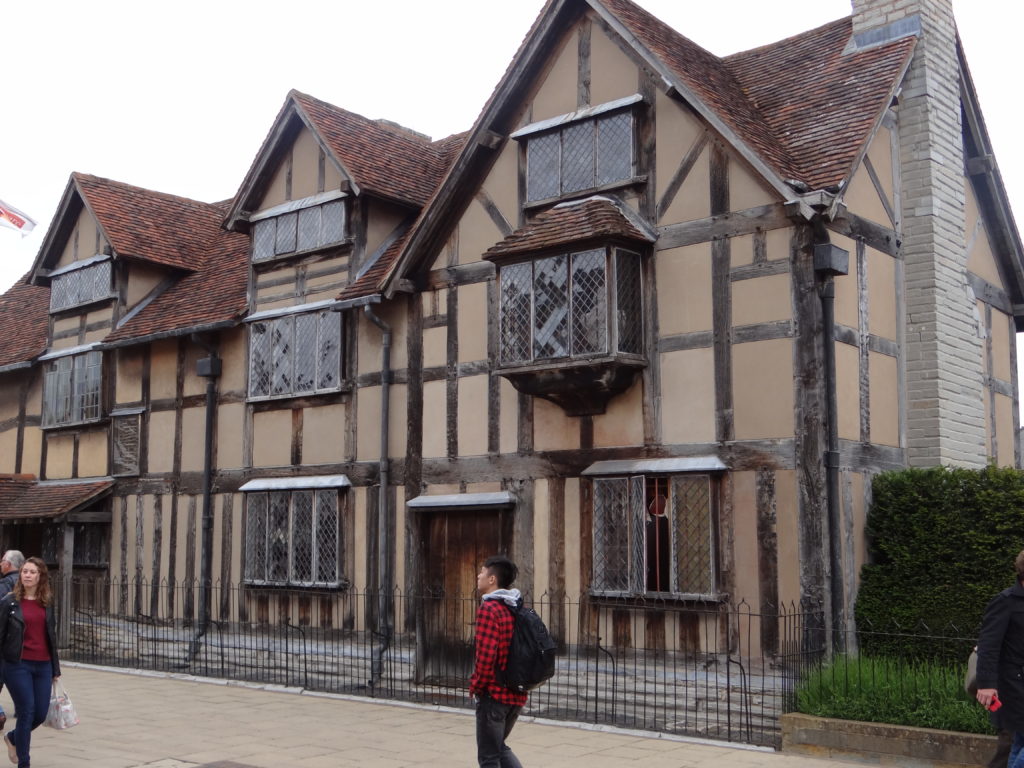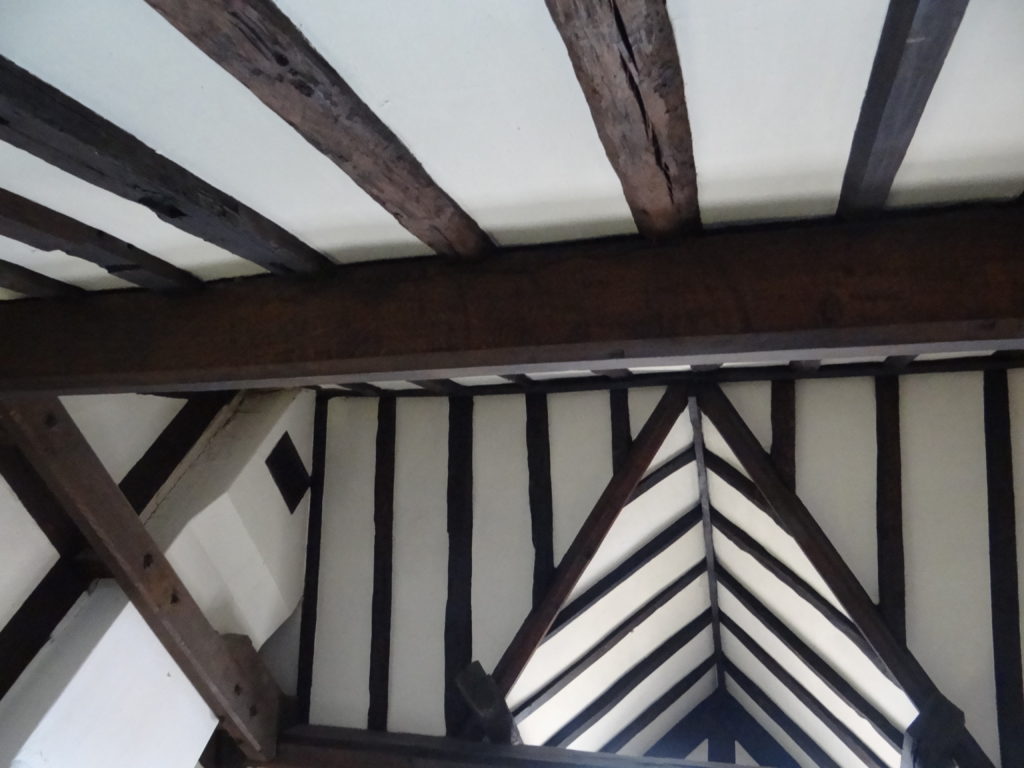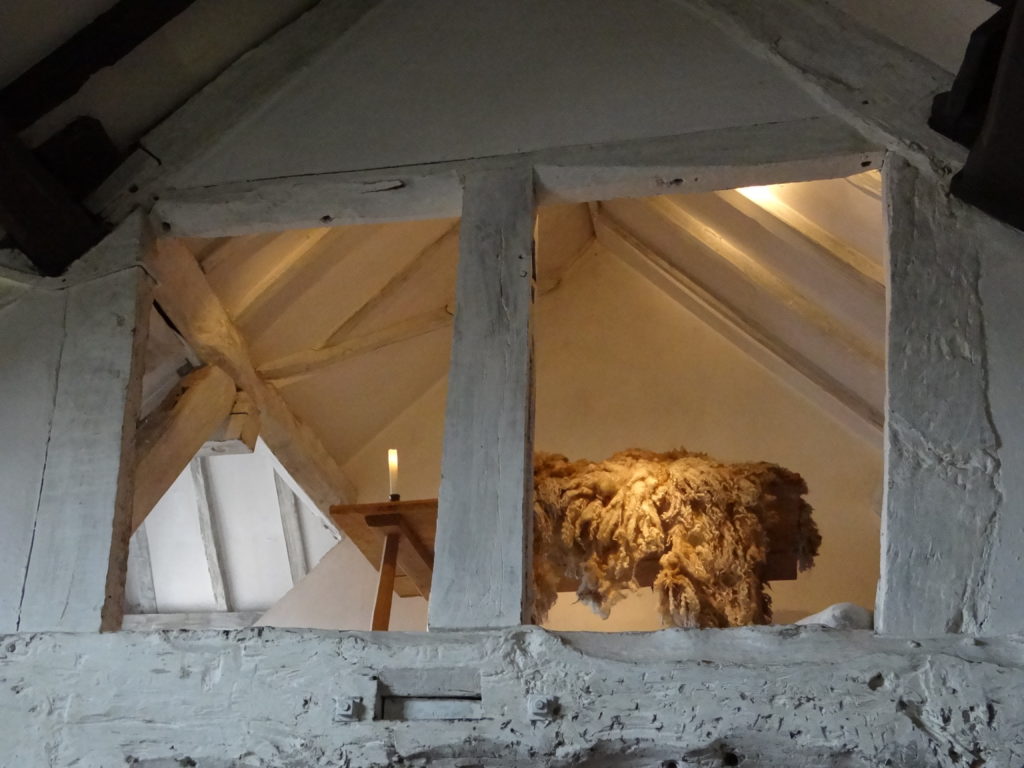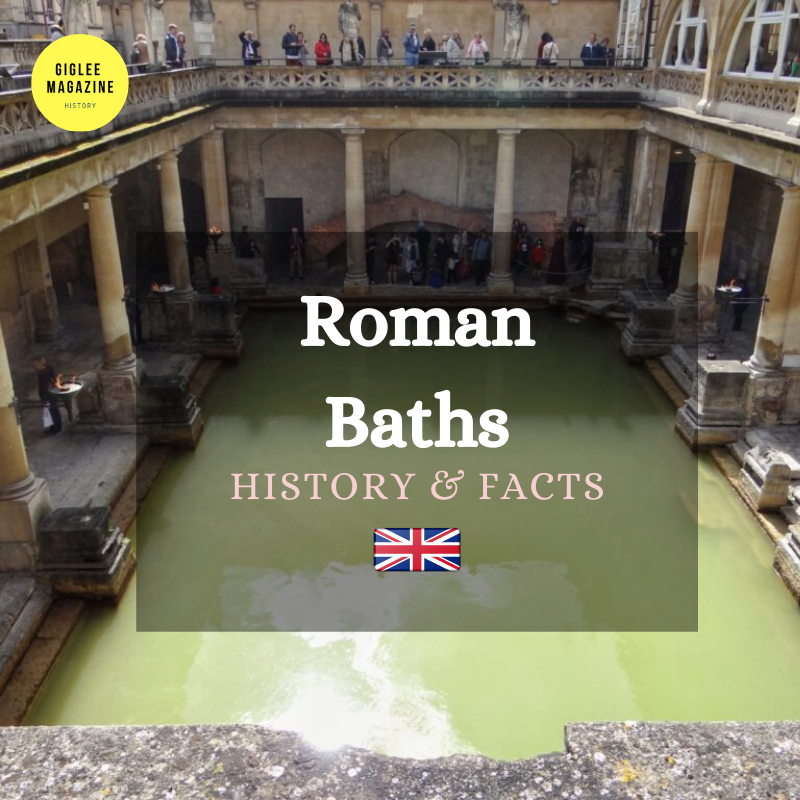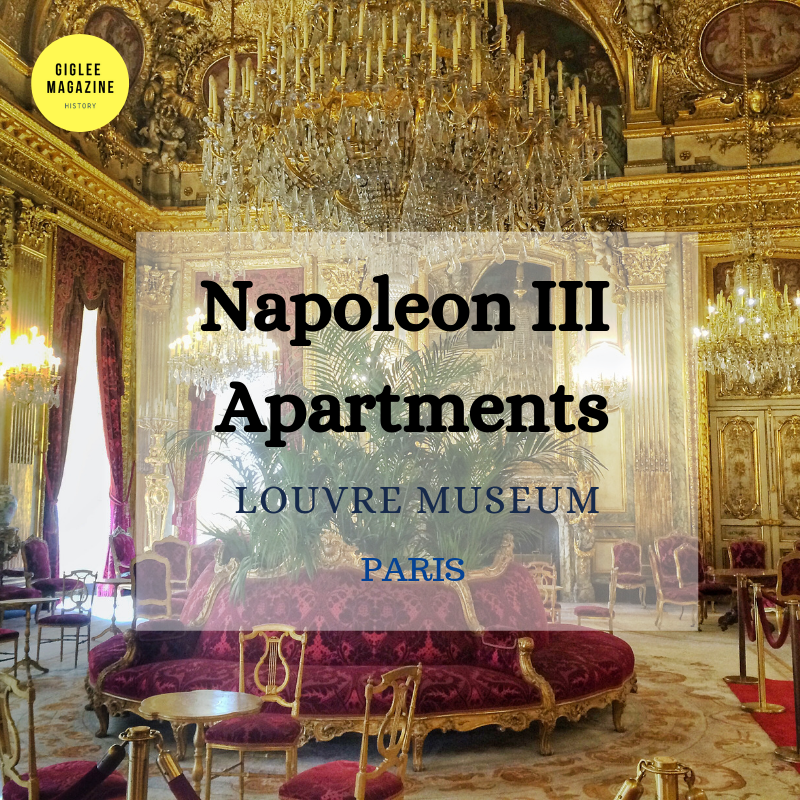
Shakespeare’s Birthplace in Stratford Upon Avon
Explore the Place Where Shakespeare Heard His First Lullaby
Visiting Shakespeare’s Birthplace in Stratford Upon Avon
Listen to the Podcast
Sign Up here:
Watch the Video
My Explorations and a bit of a Background
Shakespeare is one of the world’s most famous playwrights. The stories he has authored have surpassed time and geography. Despite the many cuss words literature students throw at Shakespeare, this man continues to live through our textbooks and culture.
*Look out for the coloured words, what is special about them?
The Early Life of A Tudor Boy
William Shakespeare was born and raised in a quaint little town of Stratford-Upon-Avon. John Shakespeare, his father, was a wealthy man. William was the third of eight children. He was the first child to survive infancy. This new infant was lucky enough to have been born in the largest house on Henley Street.
John and Mary Shakespeare could also afford to send William to a grammar school. As a schoolboy, William famously loathed Grammar School.
Grammar schools in Tudor England were rather a chore. School would commence at dawn, about 6am in summer or 7am in winter and end in the evening at 5pm or 6pm. Some schools even worked half day on Sunday!
While young William was growing up, his father changed his occupation several times but his most famous enterprise as a glove maker earned the family a good steady income.
It is said that William helped his father in the business which operated in the East side of the house.
At 18, William married Anne Hathaway. The bride and groom took up residence here for the first 5 years of their life together.
The House After John Shakespeare
After John Shakespeare’s death in 1601, William inherited the property being the eldest child.
In 1601, William Shakespeare had built a new home for his family called the New Place. He leased a part of the house he grew up in to his sister Joan Hart and another to a licensed alcohol vender named Lewis Hiccox.
When the great Bard died, his birthplace was transferred to his eldest child, Susanna Hall and later to her daughter Elizabeth Barnard.
In 1647, the tenant who leased out the larger half of the property set up an Inn here called Maidenhead. The Inn later changed its name to Swan and Maidenhead and continued operating here till 1847.
https://www.instagram.com/p/BCK9dLEK-Yn/?utm_source=ig_share_sheet&igshid=v06cj4553zo5
The Hart family, descendants of Shakespeare’s sister who was a tenant on the property, received the ownership of the house.
The Hart family owned this house till 1806 after which the Court family took possession of it.
When Thomas Court died in 1818 he left the property to his daughter Anna Court specifically stating that the house, if sold should be done in a public auction.
When in 1846 rumours spread that Shakespeare’s birthplace was about to go on sale, many wealthy eyes were drawn to it.
Going Once, Going Twice, The Property is Sold!
It was thought that the American showman, P.T. Barnum was all set to buy this historic house, ship it to America and use it as an attraction at his theme park! Imagine what horrible atrocities the house would have had to face!
In these Victorian times, Shakespeare’s birthplace and other venues associated with Shakespeare in Stratford-Upon-Avon were famous in their own way. A few visitors were keen to come up here and have a look.
It is said that the Surrey Zoological Gardens made a facsimile of the house and put it on display at their premises. This duplicate replica also garnered a bunch of tourist eyes.
Around this time, The Royal Shakespearian Club had been established which worked on restoring Shakespeare’s bust and grave at the Holy Trinity Church in Stratford-Upon-Avon. This committee was divided in two: one looked after Stratford and the other London.
Prince Albert served as the Patron for this committee. The London branch also had Charles Dickens as a member.
Since the rumour mill was hard at work and P.T. Barnum was planning his preposterous acquisition, the Royal Shakespearian Club had to act in a hurry.
They released an advertisement asking for funds to buy the place. Prince Albert donated £250 from his private wealth. £470 was taken using a bank loan and the rest came from other doners. At the date of the auction, the Club had collected £3000. Would they be able to buy the property and save it?
Bidding began and escalated quickly. They reached the £2,000 mark and climbed up to £2,100. The risk was high. The representatives of the Club sent a letter to the auctioneer offering the entire £3,000! And oh Lord, they finally won Shakespeare’s birthplace!
In 1847, the property had 3 tenants: the Swan and Maidenhead Inn, a butcher’s shop and an adjoining tenement.
These respective businesses were packed up. The house was in a state of neglect and in a dire need for care. Restoration began on the property. A few years later, the Shakespeare Birthplace Committee came to be called the Shakespeare Birthplace Trust.
This trust still owns Shakespeare’s home.
Visitors can visit the Bard’s childhood home too. Have you visited? Type a ‘Yes’ in the comments section below if you have.
Shakespeare’s Birthplace Today
Stepping inside is like taking a step back in time into a medieval home.
You can feel the essence of the place William Shakespeare grew up in, a home that shaped him.
The Ground Floor
On the ground floor is the Parlour, a central hall and the work station.
At the work station you can see the type of glove making tools John Shakespeare might have used regularly.
The other areas such as the Parlour also have different articles on display that would have been in regular use by the family.
Upstairs
On the first floor upstairs are the bedrooms.
The boys room and girls room were separated out. It was typical in a Tudor household like that of William to share not only a room but also a bed with his brothers, Gilbert and Richard.
The final bedroom was called the Birth Room shared by Mary and John Shakespeare. A child’s cradle along with a typical Tudor bed are a few artefacts on display.
I was surprised to find out that the bed was held together using strings. These strings had to be tightened every few days!
It was also rather unusual for me to see the warming pans. A warming pan is used to heat the bed before going to bed especially when it got freezing in winter.
These copper pans, the cupboards, beds, tapestries, timber roof, the loft, the clothes and gloves have all played a monumental part in moulding the Bard.
Reflections
Visiting Shakespeare’s Birthplace was inspiring and an insight into what life in the Tudor times looked like for a commoner with sufficient cash in his pocket.
The house is surrounded by a nice little garden. On a nice day when the weather allows, the Shakespeare Aloud theatre is hard at work here.
Actors dressed in a Tudor fashion act out parts of plays written by Shakespeare. It is fun to watch them. You can also suggest a part of a play and the start as if you’ve pressed the play button on YouTube!
The dialogues, emotions, posture and body language is spot on and engrossing especially sitting in the garden surrounded by greenery. It really brings William Shakespeare back to life.
https://instagram.com/p/BpWPUNXnbYG/
Bemused at what we saw and learnt about the early years of William Shakespeare, it was time to leave this little town of Stratford-Upon-Avon.
There’s a lot of Shakespeare to see here. Unfortunately we couldn’t stay back and explore his New Place, Anne Hathaway’s cottage, the Holy Trinity Church, Shakespeare’s school and many other landmarks.
Have you been? Share your experience below in the comments with me. I’d love to know.
Shakespeare’s birthplace is a ‘half-timbered’ house.
What is a Half-Timbered House?
This house is constructed in the ‘half-timbered’ architectural style. Such ‘half-timbered’ houses were famous during the Tudor times.
The name ‘half timbered’ comes from the practice of cutting an oak branch and using a part of it for construction. Oak was available in plenty during the 16th century. People from the middle class could afford to build such homes.
A wattle-and-daub model was used to fill in the gaps between the two timbers. A wattle-and-daub structure is where thin branches are woven together and then plastered using clay soil.
Timber ensures that this structure is sturdy. Over time, the colour of this timber darkens and in contrast to the whitewashed walls looks rather wonderful.
The most surprising aspect about a ‘half-timbered’ house is that it can be disassembled and reassembled! Such reassembled Tudor houses exist in the UK and are now museums like the Avoncroft Museum of Buildings at Bromsgrove, Worcestershire!
All the coloured words highlighted in this article have been invented by Shakespeare! In his life, the Bard invented about 1700 words!
If you enjoyed reading ‘Shakespeare’s Birthplace in Stratford Upon Avon’ please share it with your friends too
Here are some other articles like ‘Shakespeare’s Birthplace in Stratford Upon Avon’
A Brief History of Notre Dame de Paris
A Crash Course in Brahmi: Ancient Indian Script
New to GiGlee?
Sign up for the weekly updates in the yellow box below (and get a free gift)
NOTE: The Bibliography for this post is missing. Please help us credit the sources that deserve it. If you believe your work, or a work you know of needs to be cited here, please write to editor@giglee.in to inform us. DISCLAIMER: The intention of this article is not to hurt anyone's sentiments. The thoughts expressed in the article are purely those stated by the author of the work. The information provided on this website may not be complete, reliable, accurate and/or updated. The details you share with the website will not be shared or sold. We are not liable if in case of theft, your data is stolen. The content on this website is provided without any warranties whether express or implied. If you have a doubt, query or complaint please write to editor@giglee.in and we shall respond as soon as possible.





